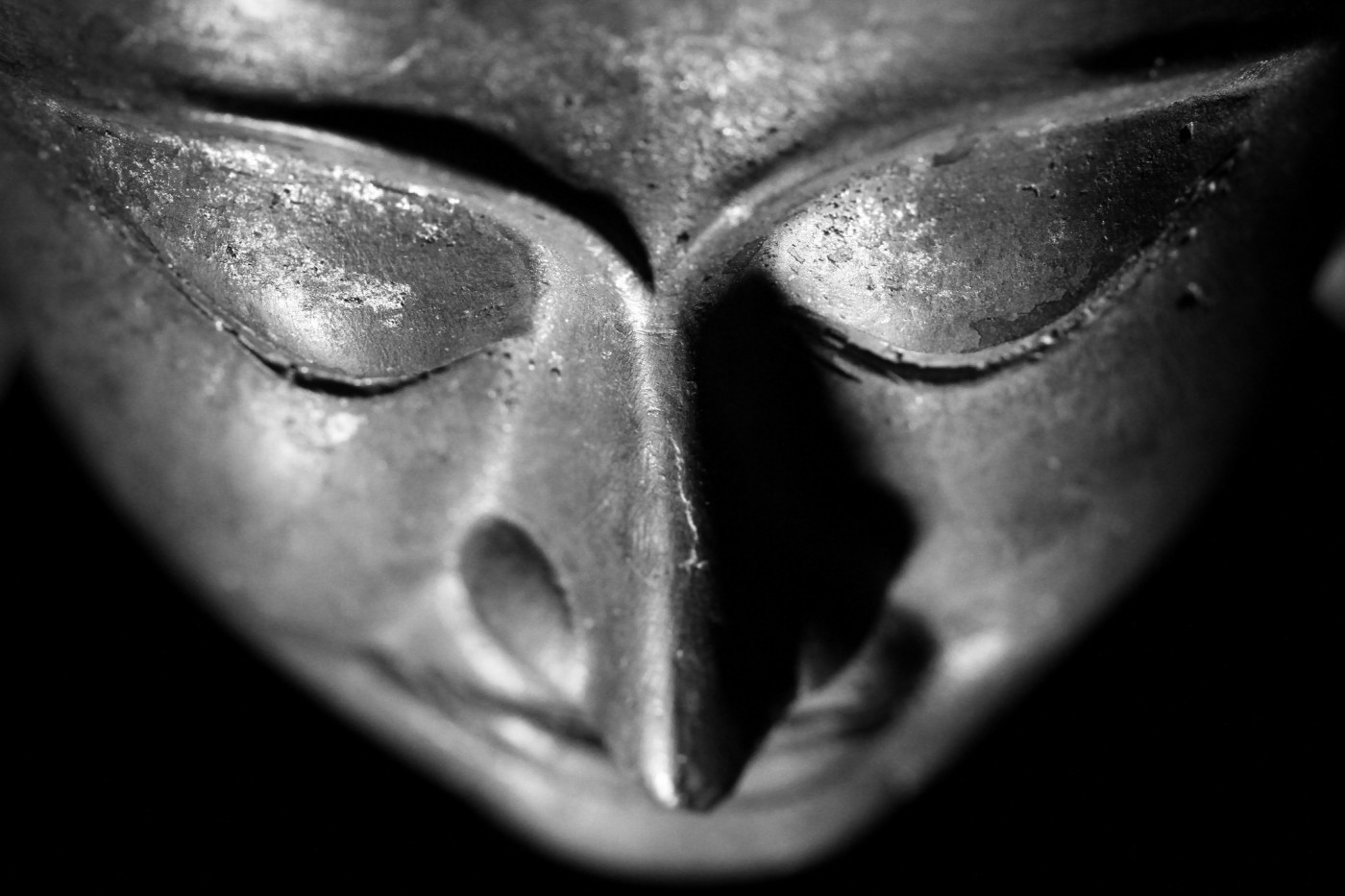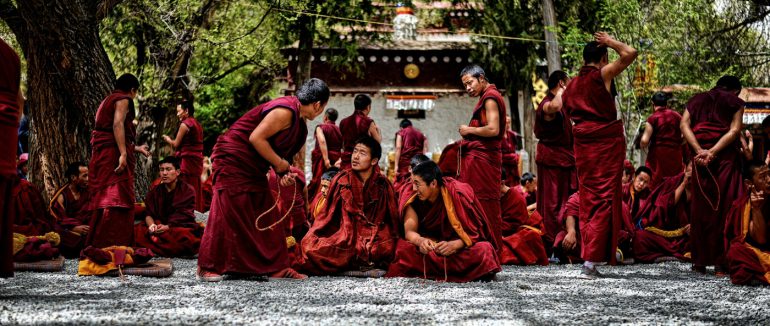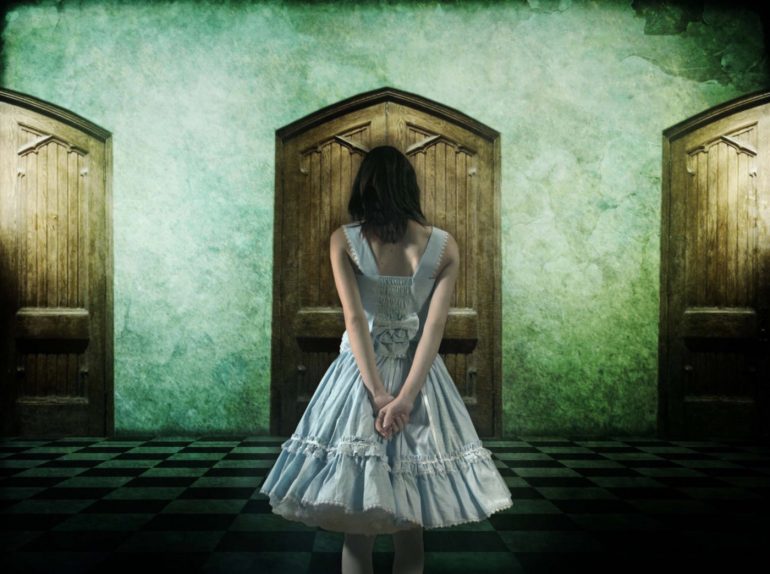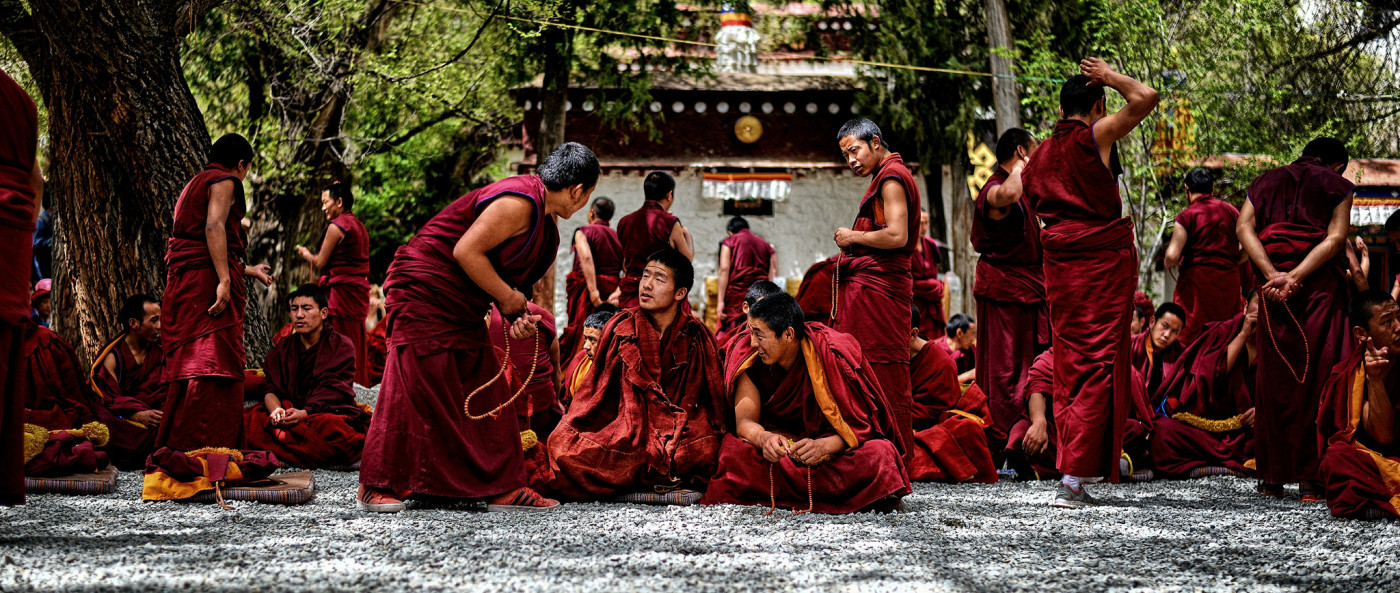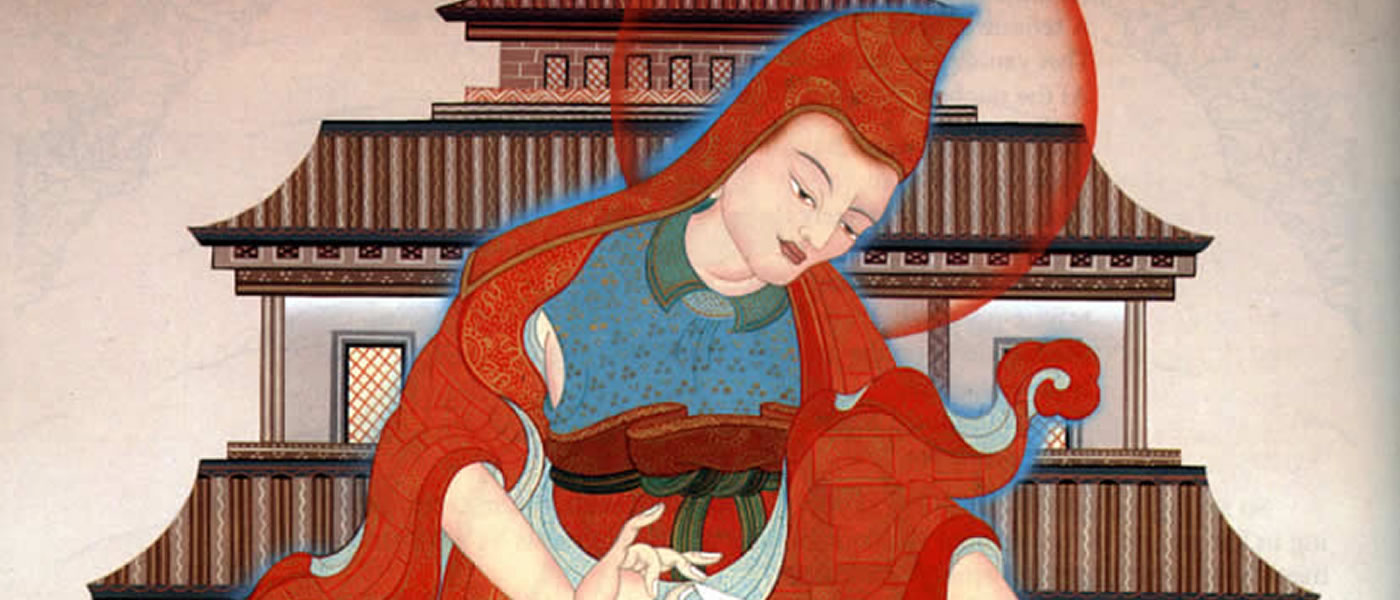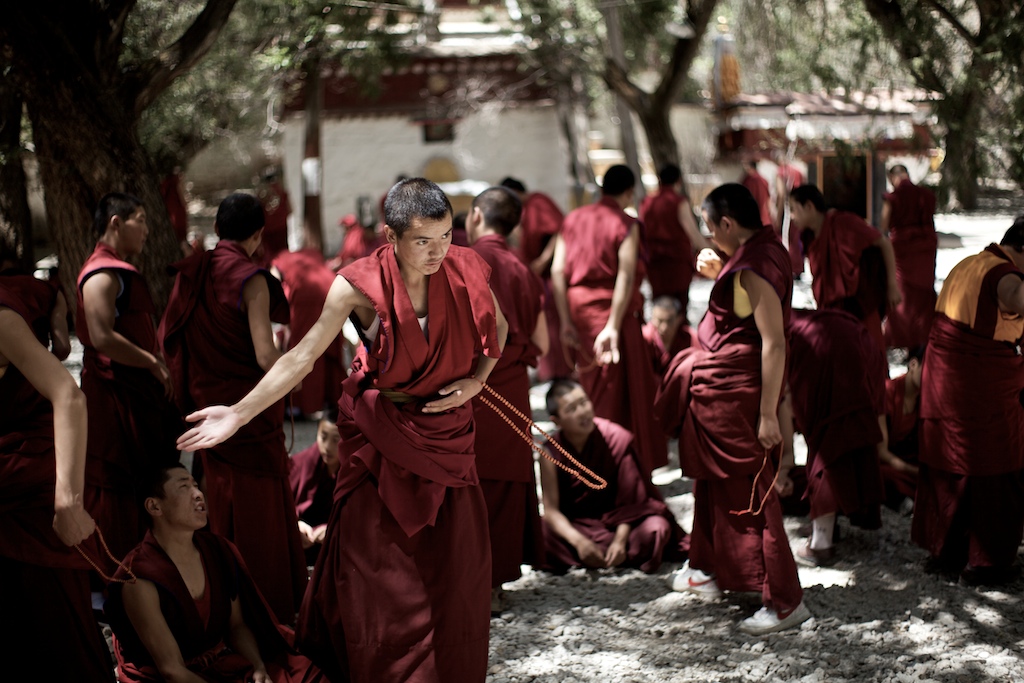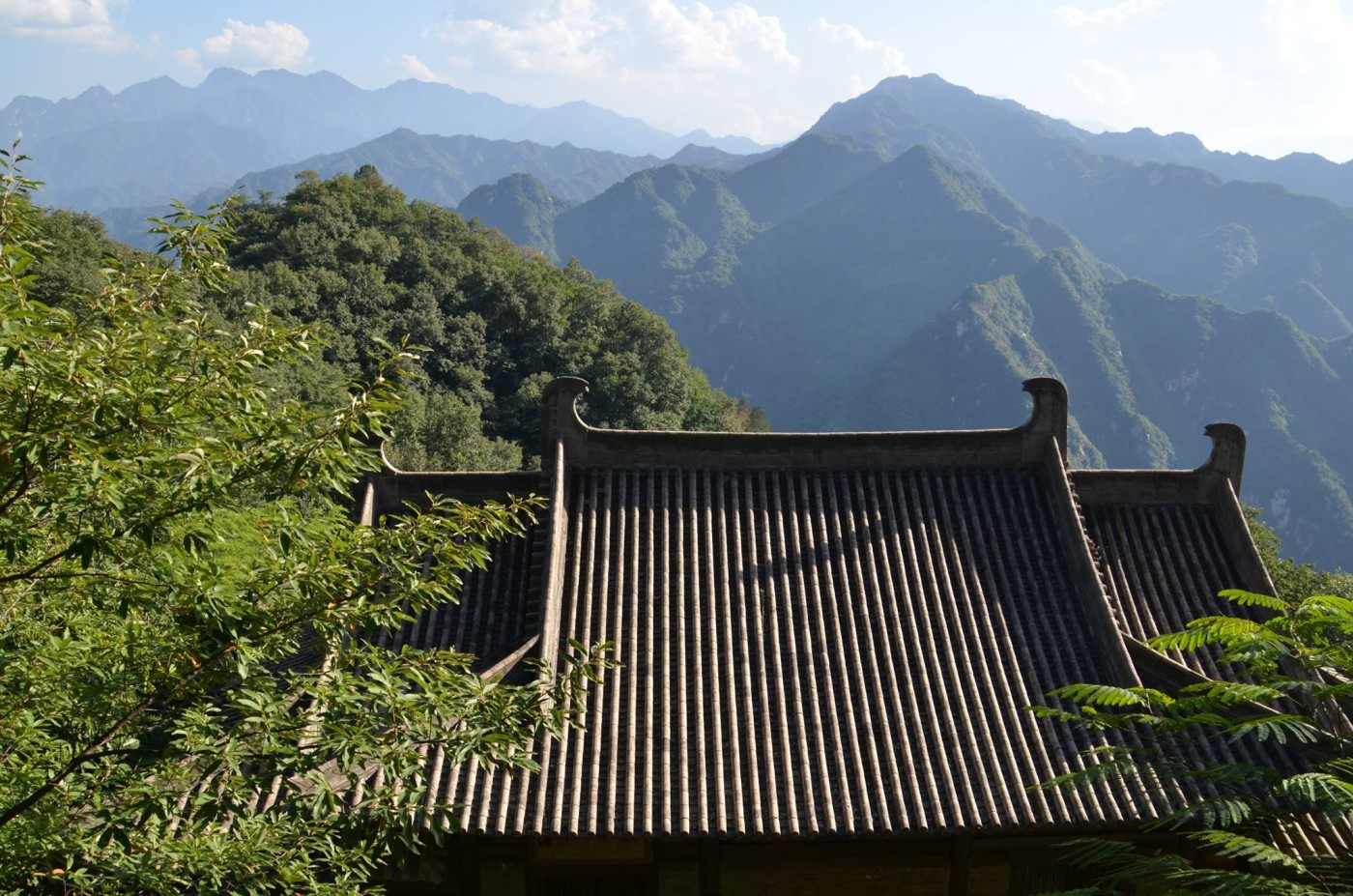“Three Principal Paths
written by Tsongkapa the Great, King of the Dharma
Ibow to all the high and holy lamas
to bow to his lord of lords. As Master Dandin said,
The benediction, bow, and the essence
Must be written: they are the door.
And we read as well that, “One should bow to the one he holds his lord.”
The essence of all high teachings of the Victors,
The path that all their holy sons commend,
The entry point for the fortunate seeking freedom.
Listen with a pure mind, fortunate ones
Who have no craving for the pleasures of life,
And who, to make leisure and fortune meaningful, strive
To turn their minds to the path which pleases the Victors.
There’s no way to end, without pure renunciation,
This striving for pleasant results in the ocean of life
is suffering. If you don’t believe that your life is suffering, you will not
try to escape it. Once you have understood how you are suffering, you
can think of how others must be suffering the same way. This then
leads to the wish to free them from this suffering, and bring them to
every happiness. This is the relationship
between the first 2 of the 3 principal paths: renunciation and the wish to achieve enlightenment for all beings.
Are fettered, so seek renunciation first.
Leisure and fortune are hard to find, life’s not long;
Think it constantly, stop desire for this life.
Think over and over how deeds and their fruits never fail
action, and 4) Once an action is committed, the consequence cannot be lost.
When you’ve meditated thus and feel not even
A moment’s wish for the goods things of cyclic life,
And when you begin to think both night and day
Of achieving freedom, you’ve found renunciation.
Renunciation though, can never bring
The total bliss of matchless Buddhahood
Unless it’s bound by the purest wish; and so,
The wise seek the high wish for enlightenment.
They’re swept along on four fierce river currents,
Chained up tight in past deeds, hard to undo,
Stuffed in a steel cage of grasping “self,”
Smothered in the pitch-black ignorance.
In a limitless round they’re born, and in their births
Are tortured by three sufferings without a break;
Think how your mothers feel, think of what’s happening
To them: try to develop this highest wish.
You may master renunciation and the wish,
But unless you have the wisdom perceiving reality
You cannot cut the root of cyclic life.
Make efforts in ways then to perceive interdependence.
A person’s entered the path that pleases the Buddhas
When for all objects, in the cycle or beyond,
He sees that cause and effect can never fail,
And when for him they lose all solid appearance.
You’ve yet to realize the thought of the Able
As long as two ideas seem to you disparate:
The appearance of things—infallible interdependence;
And emptiness—beyond taking any position.
At some point they no longer alternate, come together;
Just seeing that interdependence never fails
Brings realization that destroys how you hold to objects,
And then your analysis with view is complete.
In addition, the appearance prevents the existence extreme;
Emptiness that of non-existence, and if
You see how emptiness shows in cause and effect
You’ll never be stolen off by extreme views.
When you’ve grasped as well as I the essential points
Of each of the three principal paths explained,
Then go into isolation, my son
Efforts, and quickly win your ultimate wish.
This translation was excerpted from the following course on The Knowledge Base website. If you would like to view this course in it’s entirety please follow the link below:
ACI Course 01: The Principal Teachings of Buddhism
